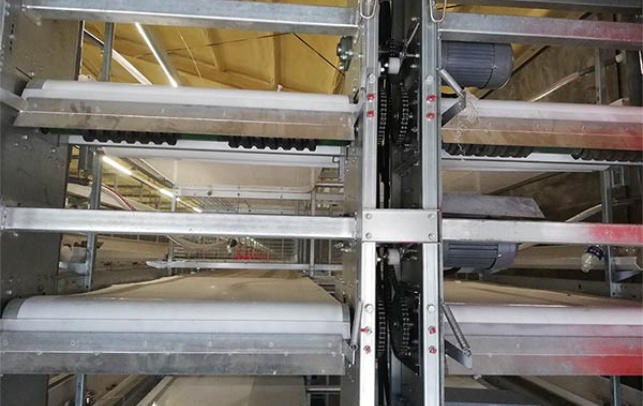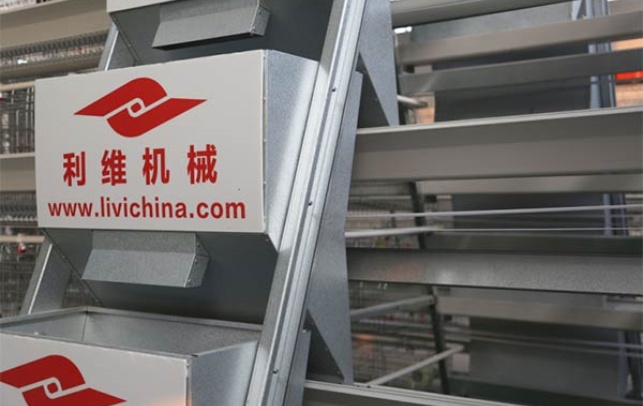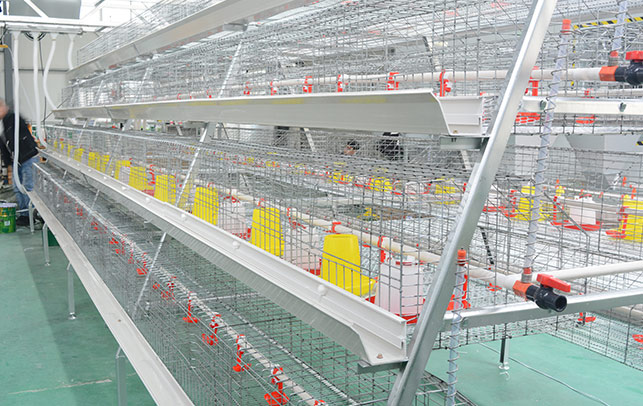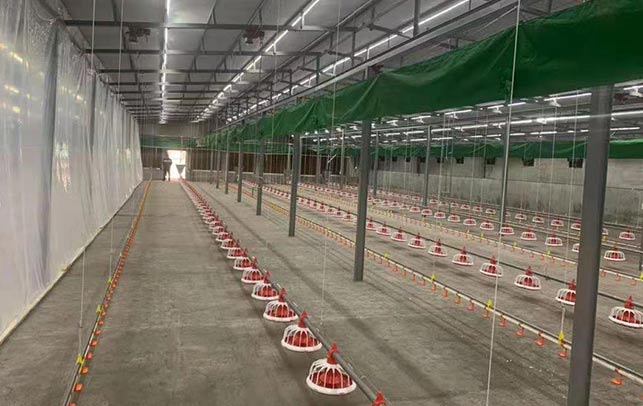What are the advantages and disadvantages of raising broiler chickens in cages?
Time : 2024-08-17
Raising broiler chickens in cages is a common practice in the poultry industry, designed to optimize production and manage large populations of birds efficiently. However, this method of poultry farming comes with its own set of advantages and disadvantages. In this blog post, we will explore both sides of the coin, providing a balanced view to help you understand the implications of caged broiler chicken farming.
Advantages of Raising Broiler Chickens in Cages
Efficient Space Utilization and Management
One of the primary advantages of raising broiler chickens in cages is the efficient use of space. Cages can be stacked vertically in layers, allowing farmers to house a large number of chickens in a relatively small area. This setup not only maximizes space but also simplifies management tasks such as feeding, cleaning, and monitoring the health of the chickens.
Enhanced Disease Control
Another significant advantage is the improved disease control. By keeping broilers in cages, farmers can minimize the birds’ contact with each other and with potential ground-based pathogens. This separation helps prevent the spread of diseases and parasites, which can often run rampant in more crowded, ground-based environments.
Reduction in Feed Waste
Caged systems are designed to minimize feed waste. Feeders are often tailored to the cage setting, ensuring that food is delivered efficiently and with minimal spillage. This not only reduces waste but also helps in maintaining a cleaner living environment for the chickens.
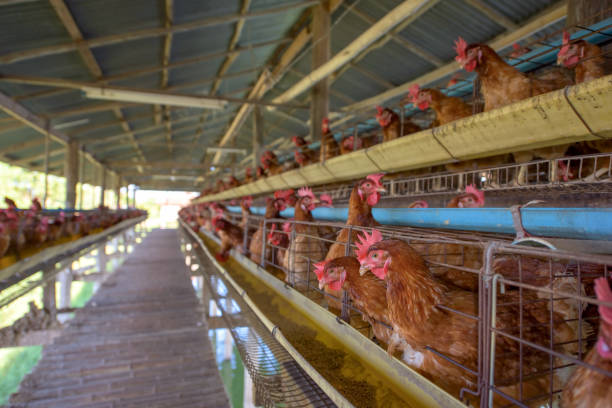
Disadvantages of Raising Broiler Chickens in Cages
Welfare Concerns and Behavioral Issues
Despite the practical benefits, the disadvantages of raising broiler chickens in cages are significant, particularly concerning animal welfare. Cages restrict natural behaviors such as foraging, dust bathing, and free movement. This limitation can lead to stress, feather pecking, and other behavioral issues. The lack of physical activity also contributes to weaker bones and muscles, potentially increasing the mortality rate due to physical ailments.
Consumer Perception and Market Impact
Public perception is increasingly leaning towards animal welfare, with many consumers preferring products from free-range chickens over those raised in cages. This shift in consumer preference can impact marketability and lead to potential losses for farms that use traditional caging methods.
High Initial Investment
Setting up a caged broiler chicken farm requires a significant initial investment. The cost of cages, automated feeding, and watering systems, as well as the infrastructure to support stacked caging systems, can be substantial. This financial barrier can be a significant disadvantage, especially for small-scale farmers or newcomers to the industry.
Conclusion: Balancing Efficiency with Ethics
The advantages of raising broiler chickens in cages include efficient space use, enhanced disease control, and reduced feed waste, making it an attractive option for large-scale poultry farmers. However, the disadvantages of raising broiler chickens in cages highlight significant concerns regarding animal welfare, consumer preferences, and initial costs. As the industry evolves, it is crucial for stakeholders to consider these factors and strive for improvements that balance efficiency with ethical considerations in broiler chicken farming.
In conclusion, while caged systems offer certain efficiencies, the evolving market dynamics and increasing emphasis on animal welfare suggest a need for innovation and adaptation in broiler chicken farming practices.






